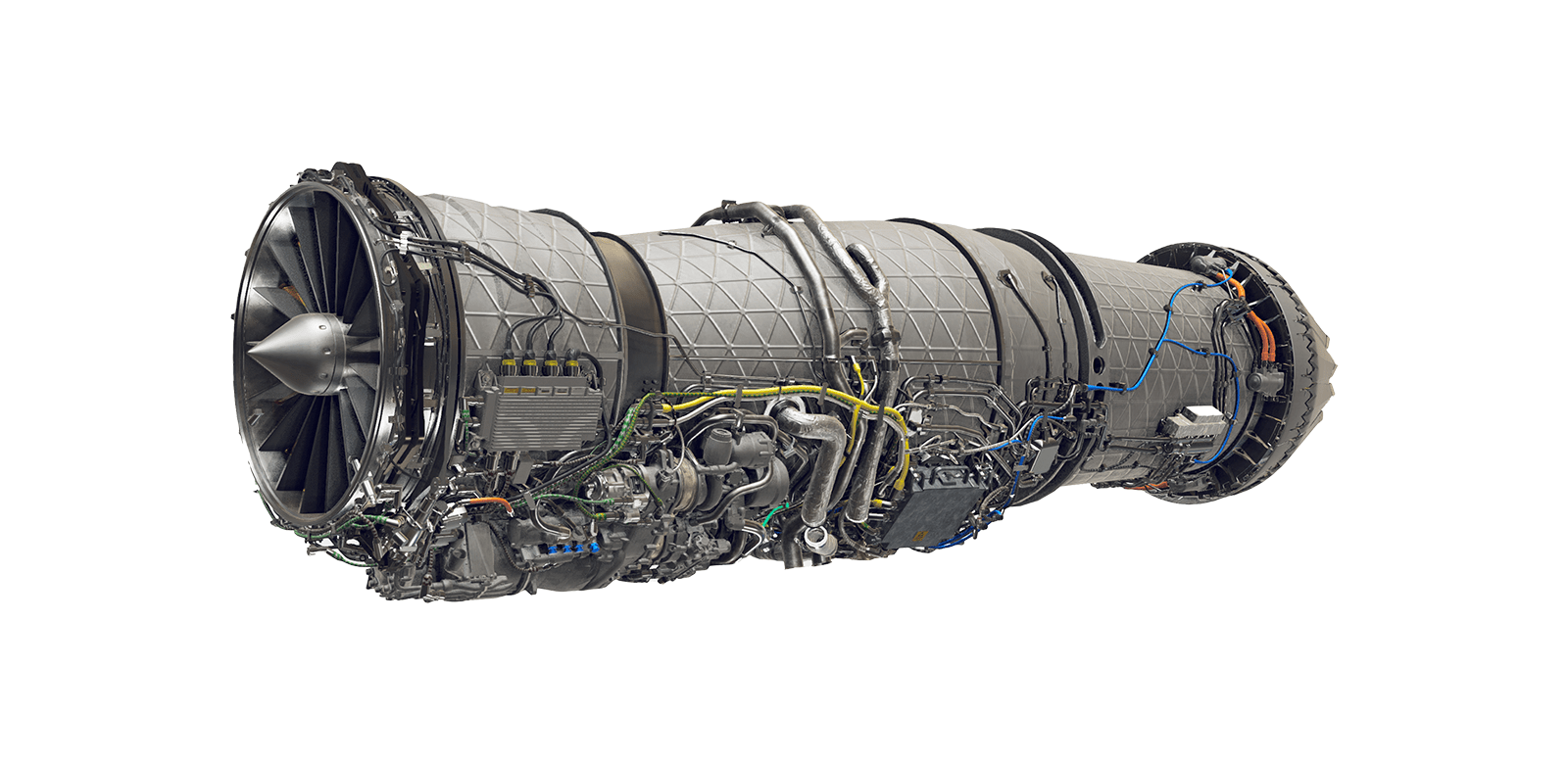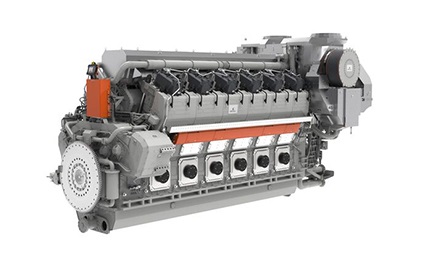Shop Engines for Africa and More at Our Extensive Car Components Store
Shop Engines for Africa and More at Our Extensive Car Components Store
Blog Article
The Pursuit for Ultimate Driving Power: Examining the Pinnacle of Engine Performance and Technological Advancements in the Automotive Market
In the world of automobile engineering, the search of optimum driving power has actually been a relentless mission that has actually unfolded through the advancement of engine design and the assimilation of innovative modern technologies. From the careful workmanship of burning engines to the quick innovations in electric propulsion systems, the automotive sector stands at the cusp of a new period identified by unmatched efficiency capabilities.
Advancement of Engine Style

Furthermore, the assimilation of turbocharging and supercharging innovations has actually changed engine design by enhancing power without substantially boosting engine size. These forced induction systems compress the consumption air, permitting more fuel to be ignited, consequently producing higher power output from a smaller sized engine. This advancement has actually been specifically crucial in enhancing the performance of smaller sized displacement engines while preserving fuel performance requirements.

Performance-Enhancing Fuel Technologies
The implementation of advanced fuel modern technologies has significantly added to improving engine efficiency in contemporary automobiles. Biofuels, acquired from sustainable sources like corn, sugarcane, or algae, offer improved and minimized emissions engine performance. Additionally, gas ingredients and detergents are being created to clean engine parts, optimize combustion, and minimize friction, thereby improving overall automobile performance.
Improvements in Electric Propulsion
Considerable strides in electrical propulsion innovation have changed the vehicle sector, leading the way for a new age of effective and lasting transportation. Electric vehicles (EVs) are gaining appeal as a result of their ecological advantages and innovations in battery modern technology, enabling longer driving varieties and much shorter charging times. Producers are spending greatly in research and development to improve the performance of electric propulsion systems, focusing on raising power result, boosting power performance, and minimizing overall weight.
One significant development in electrical propulsion is the advancement of sophisticated electrical motors that supply higher torque and power thickness, causing enhanced velocity and total driving efficiency. Additionally, regenerative stopping systems have been improved to capture and save power throughout slowdown, more improving the performance of EVs.
Moreover, the integration of smart modern technologies, such as expert system and predictive analytics, is enhancing the administration of electrical propulsion systems, ensuring optimal efficiency under different driving conditions. These improvements in electrical propulsion are improving the automotive landscape, driving the industry in the direction of a more lasting and amazed future.
Effect of Computational Liquid Characteristics
With innovations in electrical propulsion pushing the boundaries of auto modern technology, the integration of Computational Fluid Dynamics is playing a pivotal function in optimizing wind resistant efficiency and enhancing general efficiency in car style. Computational Fluid Dynamics (CFD) More Bonuses entails using computer system simulations to evaluate the flow of air around an automobile, making it possible for engineers to predict exactly how layout adjustments will affect aerodynamics without the requirement for expensive physical prototypes. By properly modeling air movement patterns, CFD allows for the improvement of lorry forms to reduce drag, improve cooling, and improve security.
CFD enables designers to enhance air flow around components such as radiators, engine bays, and wheel wells, adding to boosted efficiency and overall driving experience. In final thought, the assimilation of Computational Fluid Characteristics represents a substantial action forward in the mission for ultimate driving power and performance in the automotive sector.
Future Fads in Engine Development
In the dynamic landscape of automotive design, innovative innovations are forming the future trajectory of engine technology. The future of engine layout is noted by a solid emphasis on efficiency, sustainability, and effectiveness. Producers are significantly concentrating on developing engines that not only deliver high power outcomes but also focus on environmental obligation by minimizing exhausts and enhancing fuel efficiency.
One famous trend in engine development is the increase of electrification. Hybrid and electric powertrains are getting grip as feasible options to conventional combustion engines. These technologies supply like this the possibility for considerable decreases in carbon emissions and increased energy performance, lining up with global initiatives to battle climate modification.
In addition, innovations in products scientific research and manufacturing techniques are enabling the manufacturing of lighter and a lot more long lasting engine components. This change towards lightweight materials such as carbon fiber and aluminum alloys adds to boosted efficiency and gas economic situation.
Conclusion
In final thought, the quest of best driving power in the automobile market proceeds to drive developments in engine layout, gas technologies, electric propulsion, and computational liquid dynamics. The evolution of these innovations is forming the future of engine technology, paving the means for a lot more effective and efficient vehicles (engines for africa). As the sector remains to push the borders of what is possible, we can expect to see even more revolutionary developments in the mission for peak efficiency
One of the essential landmarks in engine design development is the transition from traditional carbureted engines to modern-day fuel-injected systems. By precisely metering the gas shipment my site to each cylinder, fuel-injected engines maximize burning, resulting in much better efficiency and minimized environmental influence.
Moreover, the assimilation of turbocharging and supercharging innovations has actually reinvented engine design by enhancing power without considerably enhancing engine size (engines for africa).The application of sophisticated gas technologies has actually substantially contributed to improving engine efficiency in modern-day vehicles. Furthermore, gas ingredients and cleaning agents are being formulated to tidy engine elements, optimize burning, and lower rubbing, thereby increasing overall lorry performance
Report this page